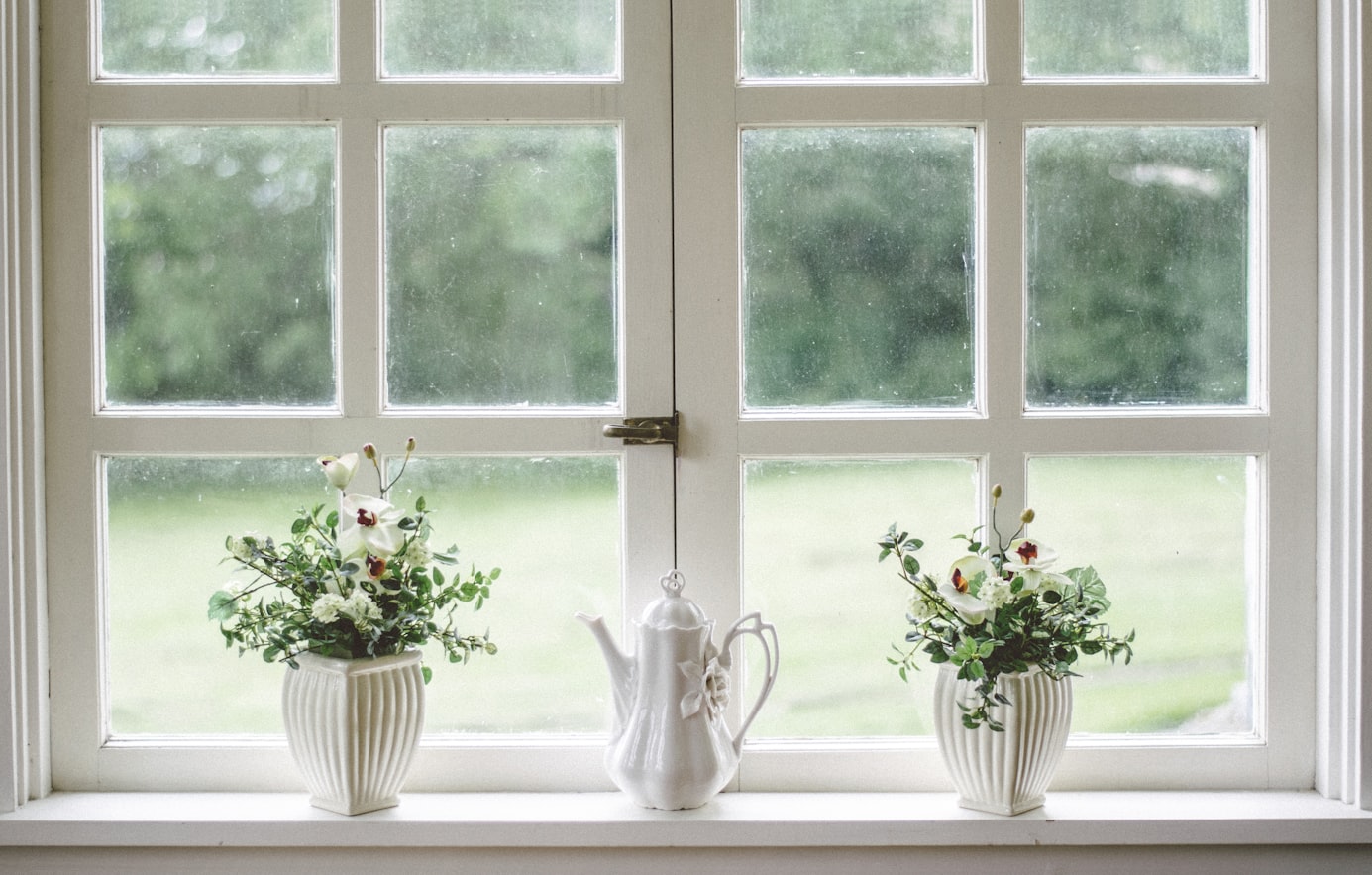One of the biggest burdens on the environment is the use of energy, and much of our energy consumption is directed at controlling indoor temperatures in the millions of homes, businesses, and other buildings that dot the landscape. Greater efficiency can be achieved with careful thermostat management, upgraded equipment, and good maintenance, but another big factor in energy efficiency is insulation. Here are four ways that you can help the environment by adding more insulation.
Improve the Roof
The main job of your roof is to turn away water, but it has insulating functions too. An aging roof will allow your attic to become colder with a buildup of snow and ice, creating a cold blanket that rests on top of your entire house and forcing you to use more energy to keep the living space comfortable. With an upgraded roof, accumulated winter precipitation will not pull heat away from the inside. If your roof is old and has several missing shingles, a full roof replacement might be necessary.
Insulate the Attic
One sure sign of a lack of insulation is when there is no snow on your roof. If the attic is warm enough to keep the roof from freezing, the attic is being warmed up by heat leaking into it from the living space. Get to work right away on adding a new layer of insulation throughout the entire attic, or at least on targeting areas where there are obvious gaps in the existing insulation.
Upgrade Your Windows
This is a bigger job, but it will be well worth it in the long run. Older homes with wooden window frames or single-pane glass will lose a large amount of heat through the windows. Those windows are also harder to open, clean, and lock than modern windows. An upgrade to new windows and doors around the entire house will improve security and appearance while making a big improvement to your energy bill.
Insulating the Crawl Space and Basement
So many times, we forget to pay attention to what is going on under the house. If you have a finished basement, it's likely well-insulated and performing efficiently. An unfinished basement or a crawl space may be a very different story. Make sure that there is insulation between the floor joists, especially where they rest on the sill plate at each end. Close crawlspace vents each fall. You might also place a piece of insulation in each one.
The better you insulate your home, the less energy it uses. The results you see can inspire neighbors and friends to do likewise, eventually creating a big positive impact on the environment.


Recommended Comments
Join the conversation
You are posting as a guest. If you have an account, sign in now to post with your account.
Note: Your post will require moderator approval before it will be visible.